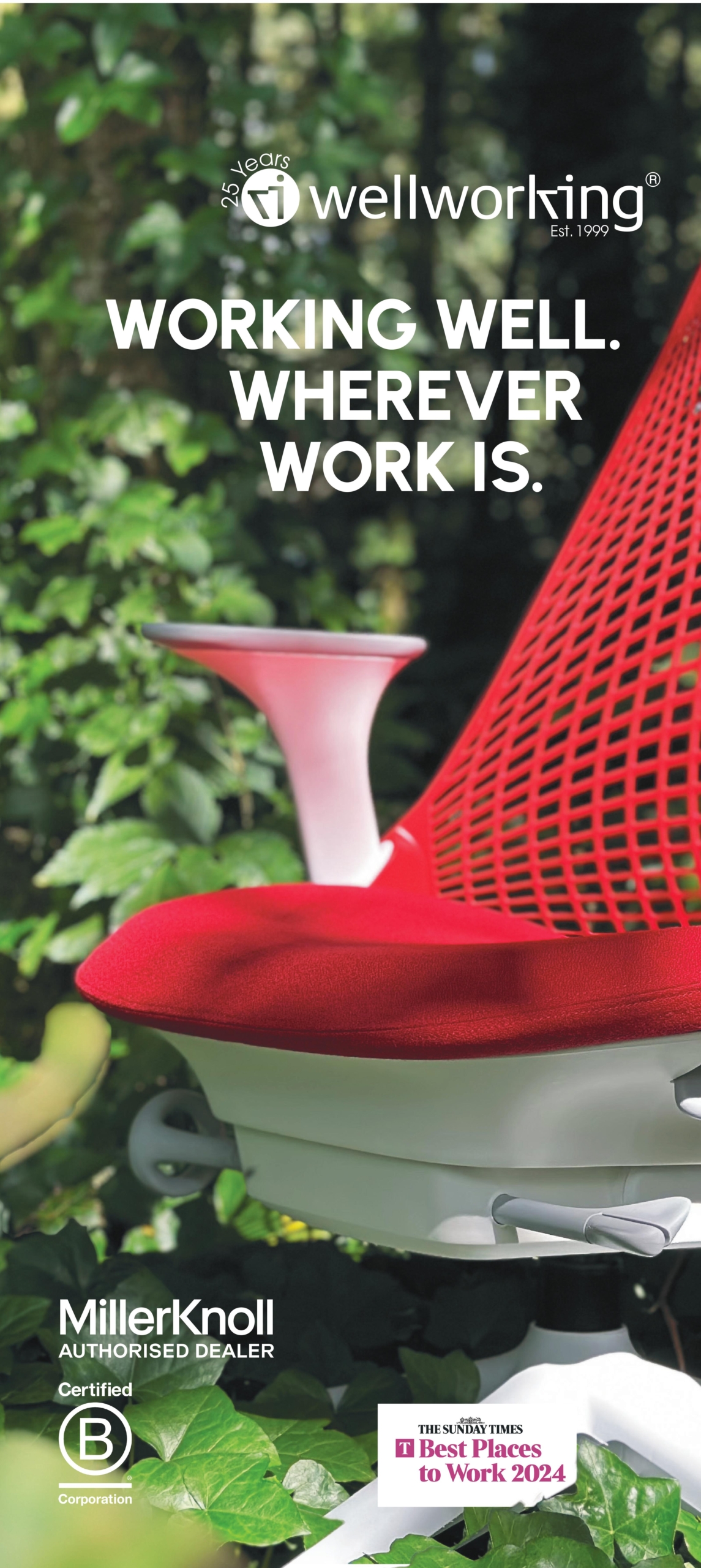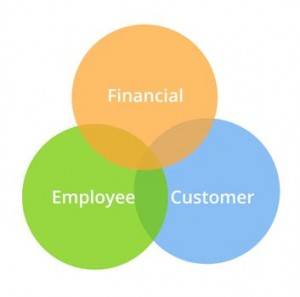March 18, 2016
Organisations and senior staff have contradictory ideas on motivation 0
 Only 40 percent of executives say their organisation helps them unlock their potential, according to a new global survey of senior executives. Pay and benefits are just one of many factors motivating these executives; with the most commonly cited motivation “making a difference,” chosen by 55 percent of respondents, followed by “personal growth and development,” “leading and organising others” and “monetary compensation,” each chosen by 45 percent of those surveyed. The wide range of motivations among leaders is underscored by the fact that no single factor was chosen by much more than half of the respondents. The survey by Egon Zehnder, “What Makes You Thrive?” discovered that many executives are leaving their potential at the office door, with 31 percent saying their organisation didn’t help unlock their potential and 27 percent not sure. 72 percent of those surveyed said they would welcome more help from their organisation to pinpoint and pursue personal motivations and goals.
Only 40 percent of executives say their organisation helps them unlock their potential, according to a new global survey of senior executives. Pay and benefits are just one of many factors motivating these executives; with the most commonly cited motivation “making a difference,” chosen by 55 percent of respondents, followed by “personal growth and development,” “leading and organising others” and “monetary compensation,” each chosen by 45 percent of those surveyed. The wide range of motivations among leaders is underscored by the fact that no single factor was chosen by much more than half of the respondents. The survey by Egon Zehnder, “What Makes You Thrive?” discovered that many executives are leaving their potential at the office door, with 31 percent saying their organisation didn’t help unlock their potential and 27 percent not sure. 72 percent of those surveyed said they would welcome more help from their organisation to pinpoint and pursue personal motivations and goals.


































April 12, 2016
Women who feel valued at work will help close the gender pay gap 0
by Mark Bull • Comment, Flexible working, Wellbeing, Workplace
More →